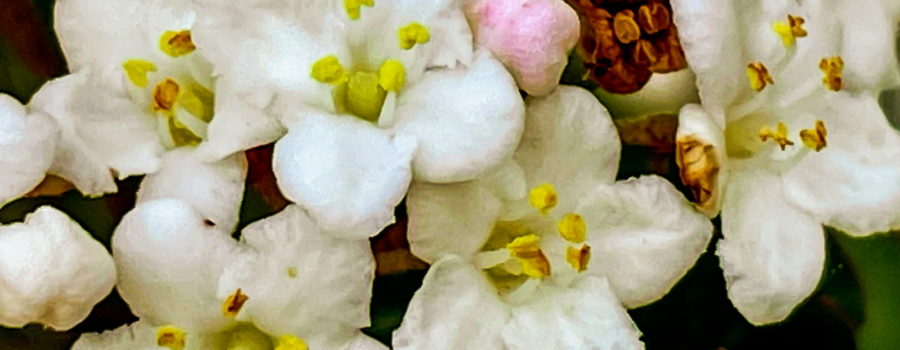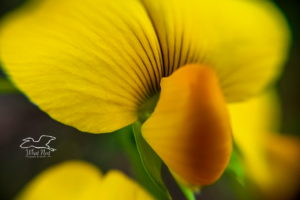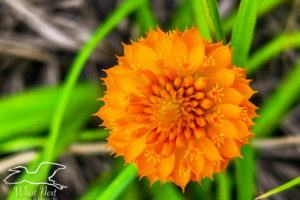Laurestine is Another Beautiful Ornamental That Has Become Wild

Spring has come a little bit earlier here in north central Florida than it did last year, and it is now in full swing. Early blooming flowers are everywhere providing pops of color in the green of new grass coming up. Many of the local trees are also blossoming providing colorful shows up in the air as well. There are brightly pink flowers all over the eastern redbuds, and white flowers are starting to open up on the dogwoods. There are also some pretty little white flowers on several small trees along many of the country roads that were the very first to start opening, back in early February. I really don’t remember seeing them last spring, but I’m sure they were there. These small trees are laurestine (Viburnum tinus), also known as laurestinus or laurestinus viburnum. They are native to the western Mediterranean area, but have become naturalized in much of the world through their use as an ornamental in gardens.

Laurestine is prized as an ornamental for several reasons. First, people like it because it flowers in late winter and into the early spring. This is a period when most other ornamentals are dormant, so having some laurestine in your garden adds color at a time when there isn’t much else. It’s also an evergreen, so that too helps provide color in the off season. After the flowers pass, they develop into beautiful purplish blue fruits that have a bit of a sheen to them. The sheen is provided by fat droplets in the fruit. The flowers are well known for attracting pollinators; especially butterflies. The fruits are good for birds such as robins, cedar waxwings, cardinals, and many others. As well as providing food for wildlife, laurestine also provides good shelter and nesting sites because of it’s branching, leaf laden spreads.

This pretty tree is fairly hearty and will grow well in full sunlight, partial shade, or full shade. It prefers rich soils, but will grow in poorer soils as long as they are moist but well drained. They can also grow in both acidic or alkaline soils. Since the tree is hearty and able to grow in a variety of conditions, it’s not surprising that we should now be finding it growing in the wilds and is considered a naturalized plant in many areas. Along our country roads, I am seeing it mainly in small thickets of other trees including scrub oaks, laurel oaks, and smaller pine trees. I have noticed it mainly up where I live in the sandhills habitat (we don’t have rich soil, but it is usually moist and well drained), but I am also seeing it in some of the transitional areas between the sandhills and the wetter pine flatwoods and riversides.

As I stated earlier, I’m sure these trees have been growing and flowering in previous years, but it’s always fun and interesting to spot something new to me. I also found it interesting that it’s closely related to the viburnum trees that I planted many years ago along my fence lines. I chose viburnum all those years ago because of the fact that they were evergreens, but more importantly, that they were something considered unpalatable by goats! Oh the many reasons that we make the choices that we do!






Recent Comments